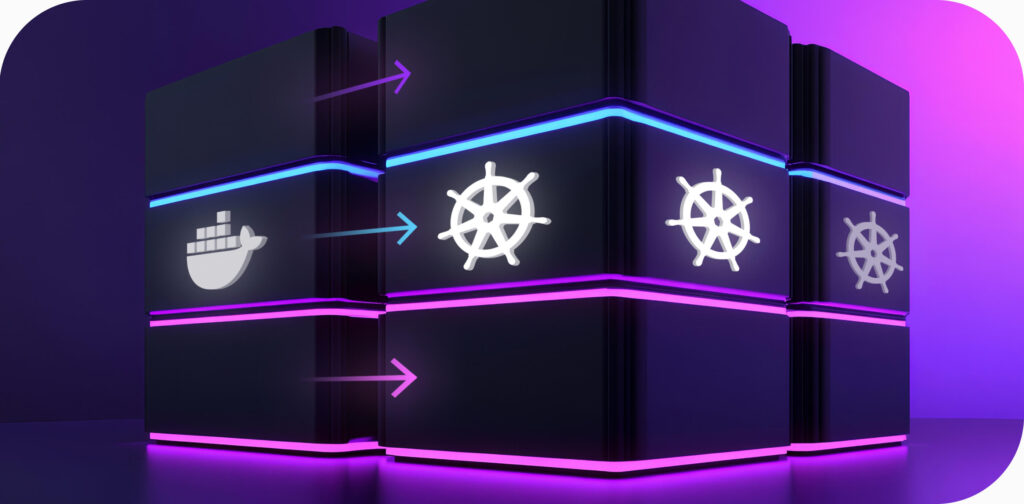Incident Detection and Vulnerability Management Cybersecurity Platform
Securing enterprises with advanced incident detection and vulnerability management

Project background
Overview
The project involved allocating two senior developers and a QA engineer to build a high-performance cybersecurity platform. This enterprise-grade platform required two high-load, on-premise solutions designed to process large data volumes and handle complex IT infrastructure demands. The client sought to enhance the platform’s capabilities, aiming to achieve better incident tracking, real-time threat monitoring, and efficient vulnerability management processes. They approached us for our expertise in scalable, reliable backend systems.
The client needed a scalable solution to support its extensive enterprise client base, including financial institutions, telecommunications companies, and energy providers. The platform was intended to centralize the detection of security incidents and streamline vulnerability management across the client’s infrastructure. Our developers were tasked with developing a secure, resilient solution that would integrate with on-premise systems, enhance data processing capabilities, and improve operational workflows for security teams. The project involved intensive collaboration and required deep knowledge of microservices architecture and high-load systems.
Project goals
- Build a system capable of handling significant data loads for real-time incident detection and vulnerability management.
- Develop essential features for effective security tracking and streamlined workflows.
- Increase the efficiency of on-premise security solutions by modernizing core elements and improving scalability.
- Optimize data storage and retrieval processes using PostgreSQL-based event sourcing.
- Webapp
- 3team members
- 3000+hours spent
- Cybersecuritydomain
Challenges
- The high load requirements demanded a platform that could support thousands of transactions and data processing operations without compromising performance.
- Migrating services from Docker to Kubernetes for streamlined deployment, configuration, and scalability.
- Implementing a detailed entity change history and tracking is essential for audit and security purposes.
- Working in a multi-disciplinary team across different departments and aligning processes with the client’s internal teams.

Our approach
Solution
Our developers adopted a carefully structured approach to modernizing the cybersecurity platform while keeping a strong focus on resilience and scalability. After assessing key areas of improvement, we began by migrating crucial services from Docker to Kubernetes, using Helm Charts to enhance deployment reliability and resource management. We then implemented a change-tracking system using a PostgreSQL-backed event-sourcing model. To ensure continuous quality and system stability, our QA engineer established a thorough automated testing process, which allowed the platform to handle high-load scenarios.
Our developers’ work involved building new features, enhancing existing ones, and making sure all components integrated seamlessly into the client’s on-premise infrastructure. We developed a real-time incident management module that included status modeling and vulnerability patching capabilities, boosting operational efficiency. By migrating core services to Kubernetes, we achieved a fault-tolerant and highly scalable architecture. The event-tracking system we introduced allowed for precise change monitoring across various system entities, meeting stringent audit and compliance requirements. We also enhanced the QA process with automated test suites to ensure smooth deployment and minimize risks during feature updates.
Team
Our team allocated two senior developers focused on backend development, infrastructure migration, and implementing the entity tracking system. A supporting QA engineer was responsible for establishing and maintaining an automated testing framework with reliable regression and integration testing. A project manager facilitated communication between the client and our team. As a result, the project milestones were met on time, and aligning team efforts with the client’s evolving requirements.
Results
By outstaffing top-tier experts skilled in critical areas, we equipped the client with the specialized talent needed to drive the project forward and achieve sustainable growth. The completed cybersecurity platform significantly increased the client’s operational efficiency, improving security incident detection and vulnerability management workflows by an estimated 30%.
With Kubernetes migration, the platform became more resilient. The event-tracking feature provided a transparent overview of historical data changes, enabling easy auditing and helping the client meet compliance standards. Automation in testing reduced the time needed for pre-release checks by 40%.
Achievements
- Achieved 99.9% system uptime due to enhanced architecture and fault tolerance.
- Implemented an event-tracking system, handling over 1,000,000 historical records for audit and compliance.
Valeriia Bystrova
Experienced IT consultant and lead generation manager. Created dozens of compelling case studies and blog posts related to software development services.
Tools and tech stack
More Projects

- education
- react
- webapp

- finance
- dotnet
- webapp


